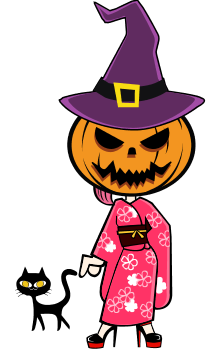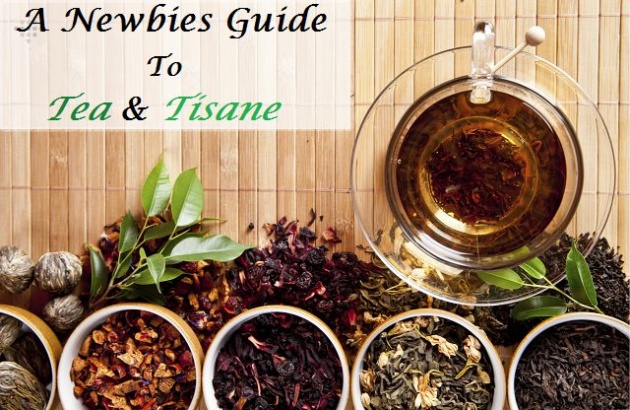
Image Credit: Fitbit / Edited via Photoshop
☙Tea vs Tisane❧
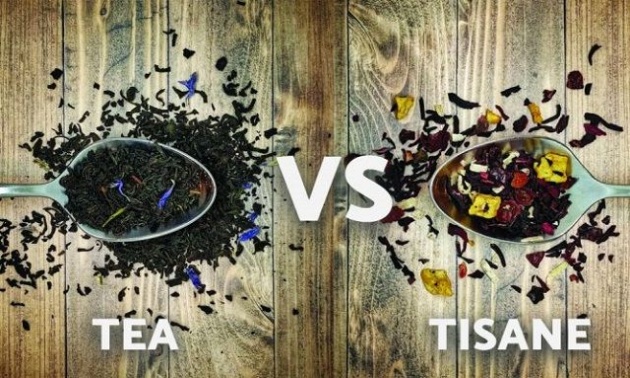
Image Credit: Little Prayer Tea
So are you a tea drinker? Or maybe a Tisane drinker?
Wait, what? Tea? Tisane?
You might be getting confused right now just from hearing these terms. Don't worry, I'm here to explain the difference between these two and how to correctly classify your favorite teas.
☙What is Tea?❧
Video Credit: jjonasz via Youtube
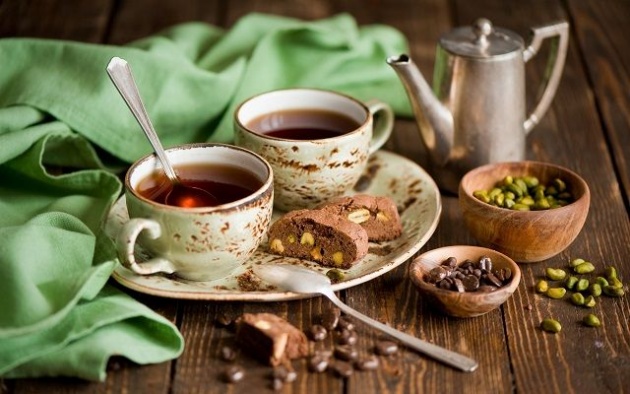
Image Credit: Aroma-Coffee
Tea is one of the most popular drinks consumed in the world, even more than coffee, chocolate, alcohol and soft drinks combined together. There are even small plantations of tea leaves that rare and expensive tea that can be compared to some of the most expensive wines sold in the market.
Global tea consumption has increased by the decades to 5.5 tonnes and is predicted to increase by 4.5% annually. Tea consumption has rapidly increased in developing countries not only due to its health benefits but as well as for it to be known as a fashionable product.
By promoting the health benefits of tea, global demand for tea has increased. This is mostly due to young urban consumers following the trend and is looking for more fashionable products to be integrated into their lifestyles. Most millennials are now willing to pay for premium teas to gourmet teas and consuming them in sophisticated locations of cafes, tea shops, and restaurants.
Tea is an aromatic drink that comes from the cured leaves of the Camellia sinensis. All types of tea come from this plant, whether it is white tea, black tea, oolong tea, and other types, it all comes from the same plant, the only difference is how it was processed.
☙Types of Tea❧
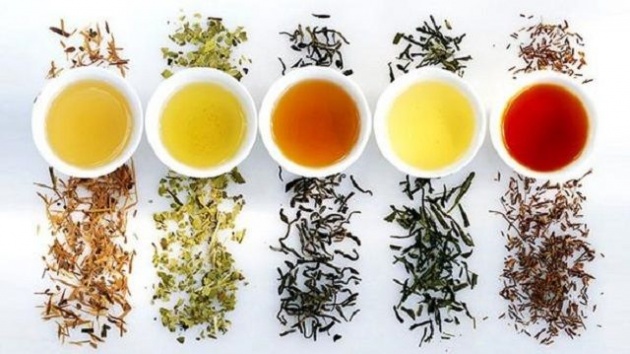
Image Credit: snakerivertea
Depending on how the tea was processed, how it is withered, and how long it has been oxidized, it can be generally segregated into six different types of tea.
❦White tea
White Tea is made from the Camellia sinensis plant, it is made from young, immature tea leaves with minimal processing. The way it is processed requires no panning, rolling or shaking, it is processed from the fresh tea leaves which will be withered to drying either by air, solar or machine which will produce the white tea.
❦Oolong tea
Oolong tea is a traditional Chinese tea made from the Camellia sinensis plant. It has been semi-oxidized through the process of withering the tea leaves under the sun and oxidation before curling and twisting.
Depending on the production and processing of the oolong tea, the flavors produced can vary. It can have a green and fresh taste, or it can be sweet and fruity with honey aromas, or even a woody taste with a roasted aroma.
❦Black tea
Black tea is a tea made from the Camellia sinensis plant, the production process is the same as the oolong tea but it is more oxidized than the other types of tea. It has a stronger and more robust flavor than the other less oxidized tea.
❦Green tea
Green tea is the type of tea that is made from the Camellia sinensis plant, but unlike the oolong and black tea, it does not undergo the withering and oxidizing process. The production of green tea originated from China and it has now spread to other Asian countries.
❦Yellow tea
Yellow tea is the type of tea that is made from the Camellia sinensis plant. It is produced similarly to the green tea, but another step is added and that is steaming the tea. Due to this additional process, the tea oxidizes at a slower rate than other teas and it gives the tea a more mellow taste, without the grassy smell and taste of the green tea.
❦Post-fermented
Post-fermented tea, or dark tea, is a type of green tea that has undergone a fermentation process for several months to a few years. By fermenting the tea, the smell and taste of the tea become more mellow, as well as removing the astringent and bitter taste found in most tea.
☙What is Tisane?❧
Video Credit: jjonasz via Youtube
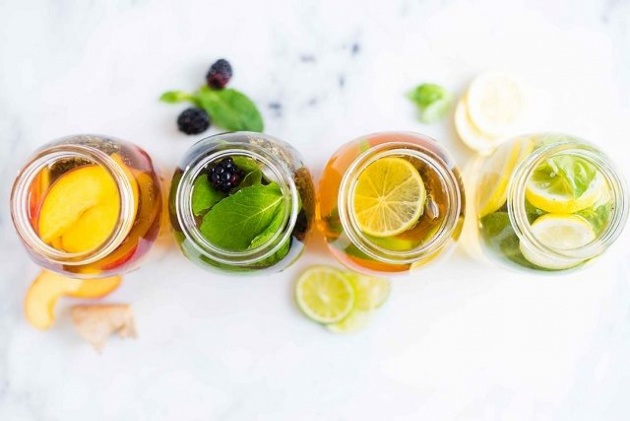
Image Credit: A Sweet Pea Chef
Tisane, or as it is most commonly called Herbal tea, is a major part of the tea world. It is a beverage made from the decoction made from various herbs, spices, fruits, fruit peels, or other parts of the plant and infusing it in hot water.
It can be found in most tea shops as herbal teas, but did you know that it cannot technically be called tea?
To classify what a true tea is, it is an infusion or a decoction made from the plant Camellia sinensis. Any tea made from this plant can be called the true tea, and anything else not made from it cannot be called tea, and should instead be called tisane or herbal drink.
The biggest difference you can find between tea and tisane is the caffeine content. All teas contain caffeine and can vary from 35 milligrams to 90 milligrams per cup depending on the type of tea used, with black tea having more caffeine content than green tea. On the other hand, tisanes are completely caffeine free, but it should not be confused with decaffeinated tea.
☙Types of Tisane❧
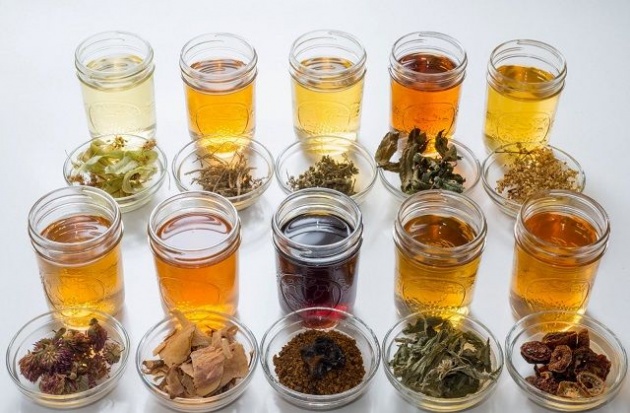
Image Credit: The 3 Foragers
Tisanes can come from different parts of the plant and is usually categorized depending on the part of the plant used. Here is a brief description of the different types of tisanes.
❦Leaf Tisanes
Leaf tisanes are herbal teas made from the leaves of various herbs such as lemongrass, mint, basil, lemon balm, parsley, and more. They usually have a fresh and green taste, with a more complex aroma.
❦Bark Tisanes
Bark tisanes are made from the barks of various plants like the cinnamon and the black cherry bark. It usually has a sweet, woody and warm flavor.
❦Flower Tisanes
Flower tisanes have a floral and refreshing taste and are made from the flowers of various plants such as rose, lavender, sakura blossoms, hibiscus and more.
❦Fruit/Berry Tisanes
Fruit or Berry tisanes are made from the fruits of plants and have a sweet and fruity taste. It can be made from the fruits or the even the peels of various fruit products such as apples, oranges, raspberry, strawberry, lemons, blueberry, and many more.
❦Root Tisanes
Root tisanes have an earthy and complex taste and are made from the rhizomes or the roots of the plant. Examples of these plants are ginger, turmeric, chicory, burdock root, and Dong Quai.
❦Seed/Spice Tisanes
Seed or Spice tisanes are made from various seeds of herbal plants such as cardamon, fennel, caraway, and others.
☙Final Thoughts❧
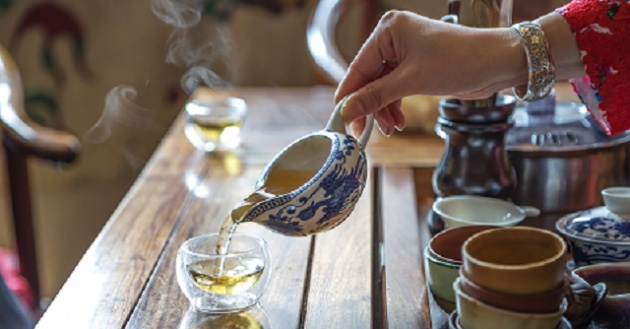
Image Credit: Meta Cup
Tea vs Tisane, there is no doubt that tea and tisane are two different beverage. True tea comes from the Camellia sinensis plant, if it didn't come from these plant, then it cannot be called a true tea but as a herbal tea or as a tisane. Another thing to note is that all true tea contains caffeine, even the white and green tea, while tisane is caffeine free and is better as an after dinner drink to help you relax and sleep better.
There are thousands of variations of tea and tisane out there and even more are being made right now. So go and venture forth and try new experiences of taste and aromas from this wonderful drink of the gods.
☙☙☙☙☙☙☙☙☙☙❧❧❧❧❧❧❧❧❧❧
Before you go, please take your time and answer this Querlo chat survey.
☙☙☙☙☙☙☙☙☙☙❧❧❧❧❧❧❧❧❧❧
If you're not a Bitlanders member yet, sign up and click here.
You can post and earn $$$.
☙☙☙☙☙☙☙☙☙☙❧❧❧❧❧❧❧❧❧❧
Thank you for taking your time and reading this!
Have a good day!
Written by Eeza_1986 for Bitlanders.

